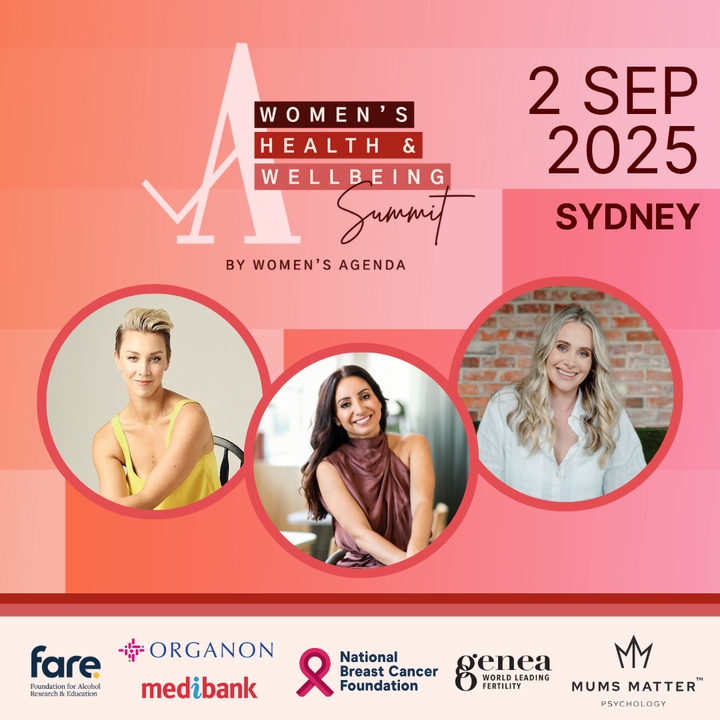“We are in the bottom third of OECD countries,” she says. “It’s a paradox to see that we’re doing so well on educational and tertiary achievement, when that’s not being reflected elsewhere.”
In fact, Australia is actually ranked number one for educational attainment of women amongst OECD nations, but then drops to 55th when it comes to women’s workforce participation, according to the World Economic Forum. On The Economist‘s glass-ceiling index which looks at where women have the best chance of workplace gender equality, we come in at just 18th.
So what if we got creative?
Recently, I had the opportunity to chat with Jeni about what could change in Australia in order to better support workplace gender equality.
Jeni, who grew up in Sydney’s Paramatta and says she once had ambitions to be Australia “first female prime minister”, later won a Rhodes Scholarship, which opened her eyes to the work she could do internationally. She’s now the managing Director of the Georgetown Institute for Women, Peace and Security, and a Fellow at the Harvard Kennedy School.
She was back in town last week for a number of presentations with VicHealth, and the launch of a major new ‘big data’ study on how female athletes and women’s sports are portrayed in the Victorian media.
Looking at what’s going on back home, Jeni says one of the key things that stands out to her is the continuing pattern of women taking on the majority of the unpaid caring responsibilities. “That means women are then working flexible and part time hours, which obviously has some benefits in terms of being able to stay attached to the workforce, but then it’s a two-edged sword in terms of career prospects.”
Indeed, women still make up the bulk of those working part time or flexibly — often feeling there’s no other choice to do so in order to keep up with what needs to be managed at home. According to a recent PwC report, Australian women are currently contributing $345 billion in UNPAID childcare work every year.
Jeni believes that a number of things need to change in order to make a difference, starting with policies that can offer sharper incentives for both genders to take up things like paid parental leave.
Right now, secondary partners have an option to receive two weeks’ government paid parental leave, but few are actually taking up the offer. Last week, Fairfax Media reported that just one in three of those eligible for such incentives have actually received it since the scheme’s introduction in early 2013. Meanwhile, just 620 of the 170,501 people who applied for the primary carer’s paid parental leave scheme (paying 18 weeks’ pay) in the past 12 months were male.
Jeni believes we should get more creative, pointing to the example of Sweden which offers parental leave on a “use it or lose it basis”. Sweden has been encouraging dads to take parental leave since 1974, and last year introduced new regulations incentivising them to spend three months at home with their newborns.
“There is no silver bullet, clearly, but a combination of policy incentives, of organisational support, as well as changes at home can help,” says Jeni. “It’s possible to introduce incentives to encourage the redistribution of duties and work at home.”
Other ways to get creative on looking at gender equality involve using big data to get a better understanding of social norms and stereotypes that may ultimately be affecting how women are perceived at home and in the workplace.
This is one of the reasons behind the major study Jeni is working on with VicHealth, looking at 62,000 sports articles in Victoria over an 18 month period to explore how women are represented in the media.
She says it’s not just the under-representation of women in sport they will research, but rather the nature of the representation of women. “We’ll look at the references to appearance, to weight, to their shape, to the interpretation of their success, for example has their success been attributed to a coach of someone else,” she says.
Jeni believes looking at how sport is covered can help in assessing social norms and stereotypes regarding women more generally. She says they will go on to study other areas of the media once the results of this big data project are known.
Living in Washington DC at the moment, Jeni tells me it’s difficult to be optimistic about the progress of women’s rights in the United States. However, globally, she believes there’s been some progress on women and girls, particularly in overall development goals set around 18 months ago, and strong statements from countries to end all forms of discrimination, open more opportunities and make a commitment to ending violence against women.


